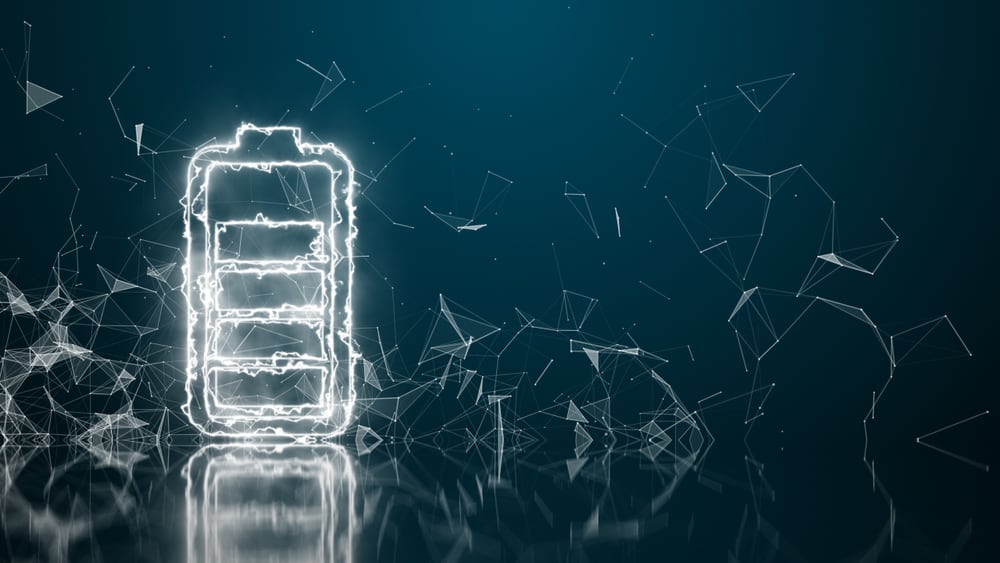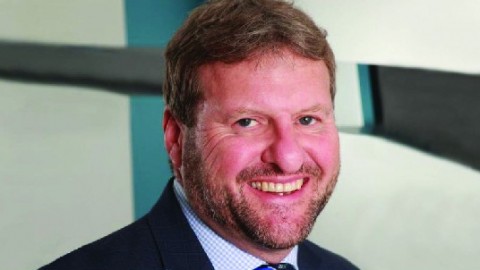In its first year of operation, the Hornsdale Power Reserve (HPR) — the so-called “world’s biggest battery” — has resulted in annual savings in the wholesale market approaching $40 million.
Located near Jamestown, South Australia, HPR, the world’s largest lithium-ion battery energy storage system, is owned and operated by Neoen and was supplied by Tesla. The initiative was driven by the South Australian Government to stabilise the electricity grid, facilitate integration of renewable energy in the state and avoid load-shedding (i.e. blackout) events.
The fully operational site has a discharge capacity of 100MW and energy storage capacity of 129MWh, and shares the same 275kV network connection point as the 317MW Hornsdale windfarm.
A report by global engineering and infrastructure advisory company Aurecon has outlined the HPR’s achievements in meeting these key objectives. It also recognises the HPR as a core element of South Australia’s pioneering renewable energy initiative, paving the way for new battery projects across the country.
Aurecon’s energy leader, Paul Gleeson, said, “Reviewing the data from Hornsdale Power Reserve’s first year of operation has given us real insights into the capabilities of this new technology, including how these fast response systems can help improve stability, reduce the likelihood of load-shedding events, and contribute to the reduction in wholesale prices. The data is telling us that these fast response systems can help us optimise the way Australia’s energy system works.”
The key findings from the report are that the HPR:
- Has contributed to the removal of the requirement for a 35MW local Frequency Control Ancillary Service (FCAS), saving nearly $40 million per year in typical annual costs
- Has reduced the South Australian regulation FCAS price by 75 per cent while also providing these services for other regions
- Provides a premium contingency service with response time of less than 100 milliseconds
- Helps protect South Australia from being separated from the National Electricity Market
- Is key to the Australian Energy Market Operator’s (AEMO) and ElectraNet’s System Integrity Protection Scheme (SIPS) which protects the SA-VIC Heywood Interconnector from overload
The HPR has responded thousands of times to frequency outside the normal operating band. Around one hundred of those events were serious, including the trip of a large coal plant and a critical event in which two transmission lines were lost. South Australia, although cut off from the grid, didn’t lose power as the HPR provided frequency support to steady the grid.














